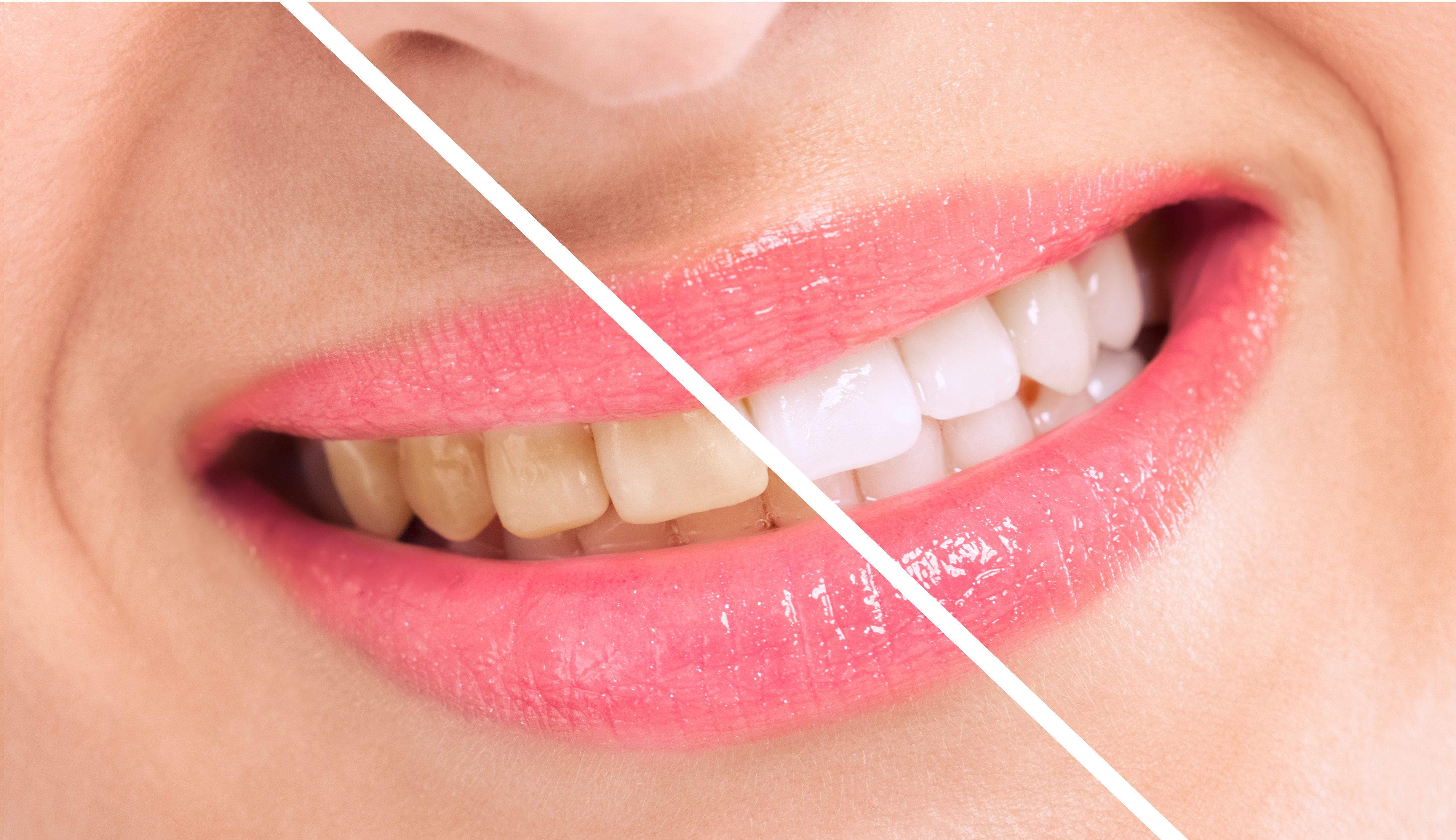
Healthy, white teeth are the foundation for a beautiful, confident smile. However, not everyone is lucky enough to enjoy a naturally stunning pearly white smile. A variety of factors can contribute to stained or yellow teeth. Such factors include smoking, diet and the inevitable process of aging. Fortunately, there are several teeth whitening services that can safely lift years of discoloration of enamel, giving you a white, beautiful smile that you deserve. Here is a clearer look at the teeth whitening procedure. Contents Cleaning Your Teeth Determining Your Pre-treatment Tooth Shade Isolating Application of the Whitening Gel Wrapping Up the Session Bottom Line Cleaning Your Teeth Before you can decide on the type of teeth whitening procedure you want the dentist to apply to you, the first step is professional teeth cleaning. The dentist will remove all the accumulated tartar and food debris from your teeth. While the chances are low, this process may significantly improve the appearance of your teeth in that whitening may not be necessary. Determining Your Pre-treatment Tooth Shade Both you and your dentist would like to know how effective your teeth whitening session will be. In order to make this comparison, your dentist will need to document the initial shade of your teeth before commencing with the treatment. Isolating Teeth whitening agents used during the process are caustic in nature and can irritate or even damage your soft tissues. Beside your gums, other parts of your body including the lips, cheeks, tongue and even eyes are exposed to the same risk as well. As a way of protecting these tissues, your dentist will place a barrier known as the dental dam to isolate them from the teeth. Application of the Whitening Gel Your dentist will apply a bleaching gel at this point. This is usually a thick paste that is generously applied on the surface of your teeth. He/she will then activate the gel either using bleaching light or laser. The bleaching light triggers a reaction with the whitening gel thus improving its effectiveness. One of the most effective teeth whitening gel is the Pola advanced tooth whitening system. This is the fastest teeth whitening bleach and a great solution for those leading a busy life. This whitening gel works in under 30 minutes once the dentist applies it on the surface of your teeth. With this kind of treatment, you will be able to achieve pearly white teeth almost instantly. The main reason behind this is the extremely powerful hydrogen peroxide used in the gel. It contains 37.7% hydrogen peroxide. Pola advanced technology has a variety of options you can choose from that include Pola office+, Pola office, Pola day and Pola night. Wrapping Up the Session Once the bleach is exposed to your teeth for the recommended amount of time, the dentist will them remove it and thoroughly wash your teeth. He/she will then remove the isolation material. You will then have the opportunity to compare the results with the initial one together with your dentist. Bottom Line Please contact Springvale dental clinic today if you have any question about our teeth whitening options. You can also contact us if you are ready to make an appointment. Our dental practice happily welcomes patients from Springvale and the surrounding suburbs. We look forward to seeing you and help you restore that beautiful pearly smile.


